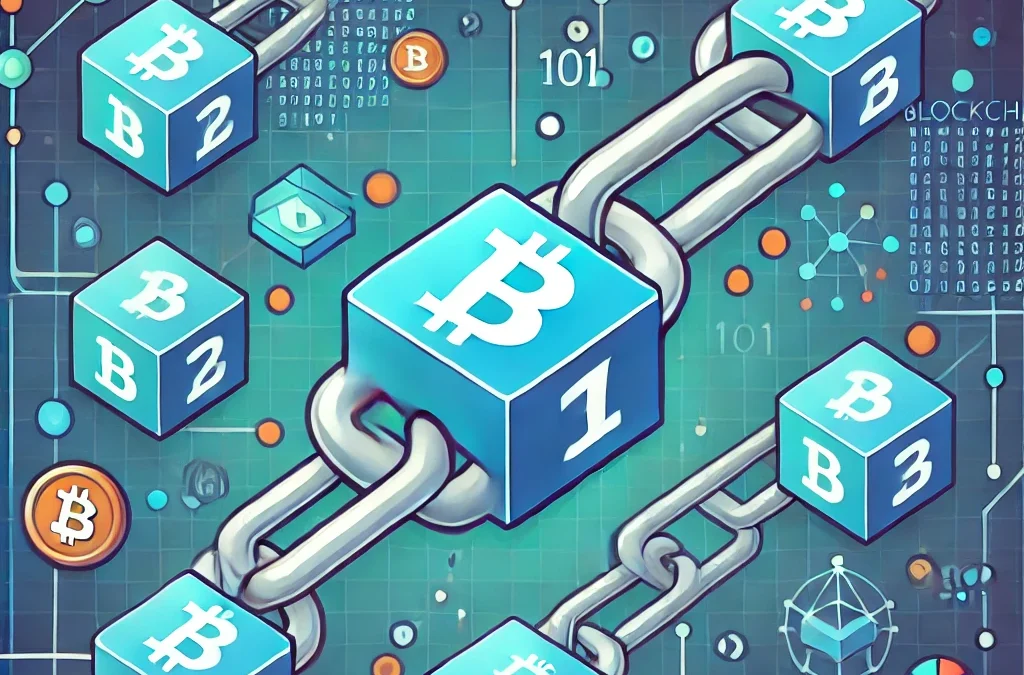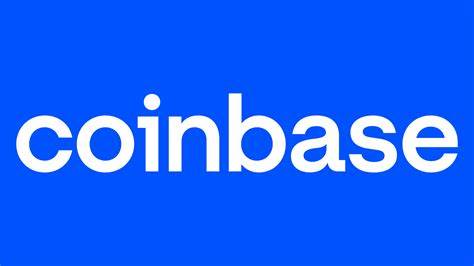Blockchain 101: The Basics – Understanding the Foundation of Blockchain Technology
In recent years, blockchain technology has evolved from a niche concept into a revolutionary technology shaping multiple industries. You might have heard of blockchain through cryptocurrencies like Bitcoin or Ethereum, but its applications extend far beyond digital currencies. If you’re new to blockchain, this guide will provide a comprehensive overview of what blockchain is, how it works, and why it matters.
What is Blockchain?
At its core, blockchain is a distributed ledger technology (DLT) that enables the secure, transparent, and decentralized recording of transactions. A blockchain is essentially a chain of blocks, each containing a list of transactions that are verified and recorded across a network of computers (called nodes).
Unlike traditional databases, where data is stored and managed by a central entity (such as a bank or a company), blockchain operates on a decentralized network. This means that control and verification of transactions are distributed across many participants, ensuring transparency and security without needing a central authority.
How Blockchain Works
The operation of blockchain technology can be broken down into a few key concepts:
- Blocks: Each “block” in the blockchain stores transaction information, including details like the sender, receiver, and amount of the transaction. Additionally, each block contains a timestamp and a cryptographic hash (a unique identifier that links it to the previous block in the chain).
- Nodes: These are individual computers connected to the blockchain network. Each node has a copy of the entire blockchain, ensuring transparency. When a new transaction is proposed, the nodes work together to validate and agree on whether the transaction is legitimate, using consensus mechanisms (discussed below).
- Consensus Mechanisms: To ensure the accuracy and legitimacy of the data in the blockchain, nodes must agree on which transactions to add to the blockchain. The most common consensus mechanisms are:
- Proof of Work (PoW): This method, used by Bitcoin, requires nodes (miners) to solve complex mathematical puzzles to validate transactions and add them to the blockchain.
- Proof of Stake (PoS): Used by networks like Ethereum 2.0, PoS selects validators based on the number of tokens they hold and are willing to “stake” as collateral, making the process more energy-efficient than PoW.
- Decentralization: No single entity controls the blockchain. All participants (nodes) have equal authority, making the network resistant to corruption, fraud, or centralized failure. If a bad actor tries to alter the data, they would need to control over 50% of the network’s nodes, which is practically impossible in large blockchains.
- Immutability: Once a block is added to the blockchain, its contents cannot be altered without changing every subsequent block across the entire network. This immutability is what makes blockchain highly secure and tamper-resistant.
The History of Blockchain Technology
Blockchain’s history dates back to 2008, when an unknown person or group of people using the pseudonym Satoshi Nakamoto introduced Bitcoin, the first cryptocurrency, in a white paper titled “Bitcoin: A Peer-to-Peer Electronic Cash System.” Nakamoto solved the long-standing problem of digital currencies – double-spending – by using a decentralized, transparent ledger: the blockchain.
While Bitcoin was the first real-world application of blockchain, the technology has since evolved far beyond its original use case in cryptocurrencies. Today, blockchain serves as the backbone for a wide range of decentralized applications (dApps) in industries ranging from finance and healthcare to supply chain management and identity verification.
Key Characteristics of Blockchain
Understanding blockchain requires a grasp of its unique characteristics, which distinguish it from traditional systems:
- Transparency: Because every transaction is recorded and available on the public ledger, blockchain enables a level of transparency unmatched by traditional systems. Anyone can view the transaction history, although the participants’ identities are typically pseudonymous.
- Security: Blockchain uses cryptography to secure transactions. Each block is linked to the previous one through cryptographic hashes, and altering one block would require altering every subsequent block in the chain across the entire network – a feat that’s nearly impossible.
- Decentralization: There’s no central authority in control of the blockchain. Instead, a distributed network of nodes manages it, making it resistant to censorship, fraud, or tampering.
- Efficiency: Blockchain reduces the need for intermediaries in transactions. For example, in financial systems, blockchain allows for peer-to-peer transactions without the need for banks or payment processors, potentially lowering transaction fees and speeding up the process.
- Immutability: Once a transaction is recorded on the blockchain, it cannot be changed or deleted. This creates a permanent and unchangeable record, which is critical in industries like finance and legal documentation.
Real-World Applications of Blockchain
While blockchain’s most famous application is cryptocurrencies like Bitcoin and Ethereum, the technology has a wide range of uses:
- Finance and Banking: Blockchain enables faster, more secure financial transactions by removing intermediaries. Companies like Ripple are using blockchain to facilitate cross-border payments that settle within seconds instead of days.
- Supply Chain Management: Blockchain ensures transparency and traceability in the supply chain, helping companies verify the origin of their products and track them from production to delivery. For example, Walmart uses blockchain to trace food products and improve food safety.
- Healthcare: In healthcare, blockchain can securely store and share patient records, ensuring privacy while allowing quick access for authorized professionals. It also helps eliminate fraud in medical billing and drug supply chains.
- Voting Systems: Blockchain offers the potential for transparent and tamper-proof voting systems. Each vote could be securely recorded on a blockchain, providing a permanent and verifiable record of the election results.
- Identity Verification: With blockchain, individuals can have control over their digital identities. This could simplify processes like opening bank accounts or verifying identities online, reducing the need for multiple forms of identification and lowering the risk of identity theft.
Challenges and Limitations of Blockchain
Despite its many advantages, blockchain technology faces several challenges:
- Scalability: Popular blockchains like Bitcoin and Ethereum face limitations in transaction throughput, leading to delays and high transaction fees during periods of high network activity.
- Energy Consumption: Consensus mechanisms like Proof of Work (PoW) are energy-intensive. Bitcoin mining, for example, consumes a significant amount of electricity, leading to concerns about its environmental impact.
- Regulation: The decentralized nature of blockchain can create regulatory uncertainty. Governments are still figuring out how to regulate blockchain-based systems, especially cryptocurrencies, which can be used for illegal activities like money laundering.
- Interoperability: Many blockchains operate independently, making it difficult for different networks to communicate or share data. Interoperability solutions are being developed to connect multiple blockchains, but this remains a challenge.
The Future of Blockchain
As blockchain technology continues to mature, its applications will likely expand into new areas, including:
- Tokenization of Assets: Blockchain could enable the tokenization of physical assets like real estate or artwork, allowing fractional ownership and easier transfer of value.
- Decentralized Autonomous Organizations (DAOs): DAOs are organizations governed by smart contracts rather than traditional management structures. They could revolutionize the way companies and communities are structured.
- Blockchain for IoT: With the rise of the Internet of Things (IoT), blockchain could help secure and manage billions of connected devices, ensuring data integrity and privacy.
Conclusion
Blockchain is much more than the backbone of cryptocurrencies—it’s a revolutionary technology that’s reshaping industries and creating new opportunities for transparency, security, and efficiency. By understanding its basics, you can begin to appreciate the potential it holds for the future of technology and finance.
Whether you’re looking to invest in cryptocurrency, develop blockchain applications, or simply stay informed about the latest technological advancements, blockchain is a space worth watching closely.



